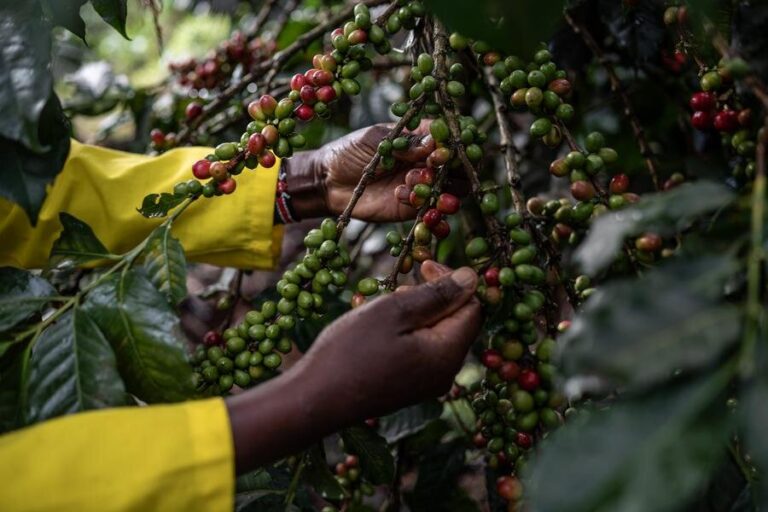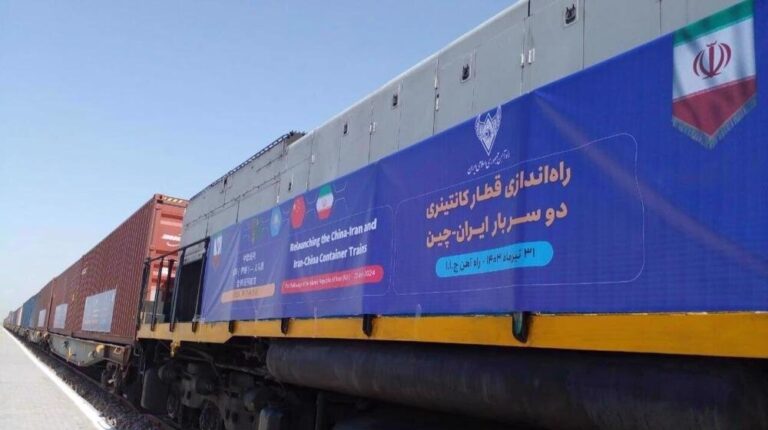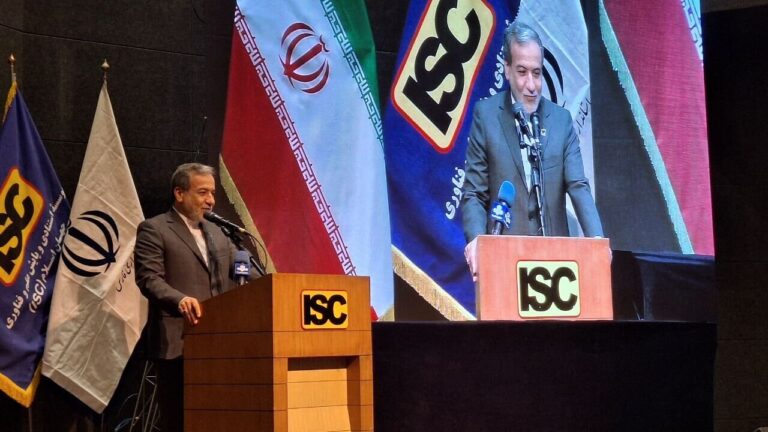Iranian Agriculture Minister Embarks on Strategic Visit to Brazil
As of January 2024, Iran has officially commenced its journey as a full member of the BRICS group, marking a significant milestone in its international relations. This development not only enhances Iran’s standing among the founding members of BRICS—namely Brazil, Russia, India, China, and South Africa—but also plays a crucial role in strengthening Tehran’s position within the agriculture industry.
The upcoming summit will address several vital topics that are essential for global agriculture and trade. These focal points include:
- Food Security and Nutrition
- Sustainability and Innovation
- International Agricultural Finance and Trade
This summit is expected to lay the groundwork for the BRICS Agricultural Cooperation Program, which will span from 2025 to 2028. The approval of this program is crucial as it aims to enhance collaboration among member states in addressing agricultural challenges and promoting sustainable practices.
Iran’s entry into BRICS holds significant implications for its agricultural sector. By engaging with other influential economies, Iran can leverage shared knowledge and resources to improve its agricultural productivity and sustainability. Moreover, participating in discussions around food security aligns with Iran’s goals of self-sufficiency and resilience in the face of global challenges.
With the global population expected to reach 9.7 billion by 2050, food security has become a pressing issue. The BRICS summit will offer a platform for member countries to discuss innovative solutions to ensure adequate food supply while promoting sustainable agricultural practices. The focus on nutrition is particularly important, as it underscores the need for not just quantity, but also the quality of food available to populations worldwide.
As Iran navigates its new role in BRICS, it is essential to consider the following key benefits of its membership:
- Enhanced Collaboration: Membership provides Iran with the opportunity to collaborate with other countries on agricultural research and development.
- Access to Funding: The discussions on international agricultural finance will open avenues for Iran to secure funding for agricultural projects.
- Knowledge Exchange: Iran can benefit from sharing best practices and innovations in agriculture with other BRICS countries.
- Market Access: Strengthened ties with BRICS nations can facilitate better access to international markets for Iranian agricultural products.
The summit’s emphasis on sustainability and innovation is particularly relevant in today’s context, where climate change poses significant threats to agricultural productivity. By engaging in dialogues about sustainable practices, Iran can work towards reducing the environmental impact of its agricultural activities while still meeting the needs of its population.
Additionally, the focus on international agricultural finance and trade is crucial for Iran, as it seeks to bolster its economy and enhance its trade relationships. The approval of the BRICS Agricultural Cooperation Program is expected to provide a structured approach to address these areas, fostering long-term partnerships among member states.
In summary, Iran’s official membership in BRICS is set to play a transformative role in its agricultural sector. The upcoming summit will not only address critical issues such as food security, sustainability, and finance but will also solidify Iran’s position in the global agricultural arena. As the country engages with other BRICS members, it stands to gain valuable insights and resources that can drive its agricultural initiatives forward.
In conclusion, the synergy created through BRICS membership is anticipated to lead to significant advancements in Iran’s agricultural policies and practices. As the world grapples with challenges related to food security and agricultural sustainability, Iran’s participation in this summit will be pivotal in shaping its future in the agriculture industry.






